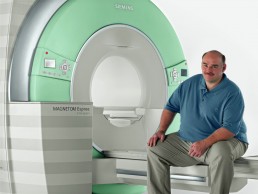***TECHNOLOGUES AUTONOMES EN ÉCHOGRAPHIE TEMPS PLEIN À LA CLINIQUE DE DELSON RECHERCHÉS***Envoyez votre CV à l'adresse suivante : info@groupeunimage.com
La clinique de Lachine est maintenant réouverte au 2000 rue Notre Dame Ouest suite 102 à Lachine!
Nos services
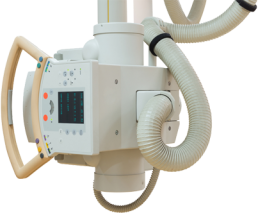
Radiologie générale
La radiologie générale ou « Rayons-X » demeure un outil diagnostique essentiel de première ligne. Tous nos équipements sont numériques.
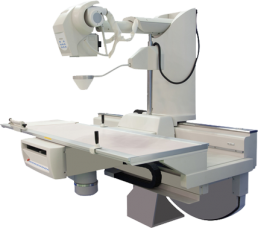
Radiologie spécialisée
La radiologie spécialisée, faite à l’aide de rayons x, requiert généralement l’absorption, l’introduction ou l’injection de produits de contraste selon le type d’examen demandé.
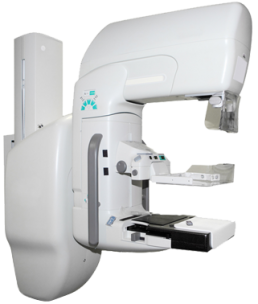
Mammographie
Reconnu par le Ministère de la santé et des services sociaux pour le Programme québécois de dépistage du cancer du sein.
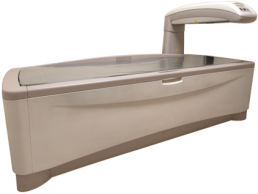
Ostéodensitométrie
L’ostéodensitométrie permet d’évaluer la masse osseuse et le risque de fractures par ostéoporose.
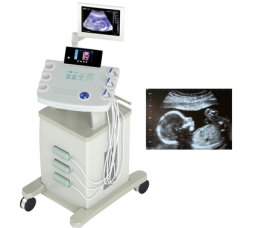
Échographie générale et spécialisée
L’échographie est un examen de première ligne, simple, rapide, polyvalent, non invasif et sans radiation.
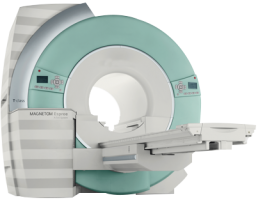
Résonance magnétique (IRM)
L’imagerie par résonance magnétique (IRM) est un examen sécuritaire, sans radiation ionisante (rayons-X).

Demande de rendez vous en ligne
Veuillez prendre note que nous répondons aux demandes de rendez-vous par internet, par téléphone ou par courriel, dans un délai de 24 heures. Pour les examens de radiologie générale, vous n’avez pas besoin de rendez-vous, présentez-vous avec votre prescription et votre carte d’assurance maladie à la clinique de votre choix durant ses heures d’ouverture.
Vous êtes médecin?
Accès immédiat, facile et sécurisé aux images et aux rapports des examens.
Demandez votre MOT DE PASSE par courriel, par téléphone ou via formulaire.
Docteur, soyez branché.
Exclusif aux médecins référents du centre d’imagerie médicale Groupe UnImage.
Accédez aux images de vos patients dès que l’examen est fait: radiologie, résonance magnétique (IRM), mammographie, ostéodensitométrie et échographie. Écoutez la dictée du rapport de vos patients avant sa transcription. Lisez le rapport final directement en ligne dans les 48 heures suivant l’examen (sauf circonstance particulière). Trouvez, sur notre site web, toutes les informations utiles pour vous et vos patients ainsi que le détail de tous nos services. Utilisez le courriel info@groupeunimage.com pour demander un rendez-vous 24 h/24, 7 j/7.
Coordonnées et heures d'ouverture
LASALLE1500 rue Dollard, bureau 101LaSalle, Québec, H8N 1T5 Lundi au vendredide 8h00 à 16h00
LACHINE2000, rue Notre-Dame, Suite 102Lachine, Québec, H8S 2G4 Lundi au vendredide 9h00 à 16h30
DELSON58, Boulevard Marie-VictorinDelson, Québec, J5B 1A9 Lundi au jeudide 8h30 à 20h00Vendredide 8h30 à 16hSamedide 10h à 16h
MÉTRO MONK2529, rue Allard, bureau 100Montréal, Québec, H4E 2L4 Lundi au vendredide 9h00 à 16h30
ÎLE-DES-SOEURS8, Place du Commerce, suite 200Île-des-Soeurs, Québec, H3E 1N3 Lundi au vendredide 9h00 à 16h30
ÉCHO QUATUOR800 rue du Square-Victoria, suite 2720Montréal (Québec) H3C 0B4 Lundi au vendredide 8h30 à 14h00
